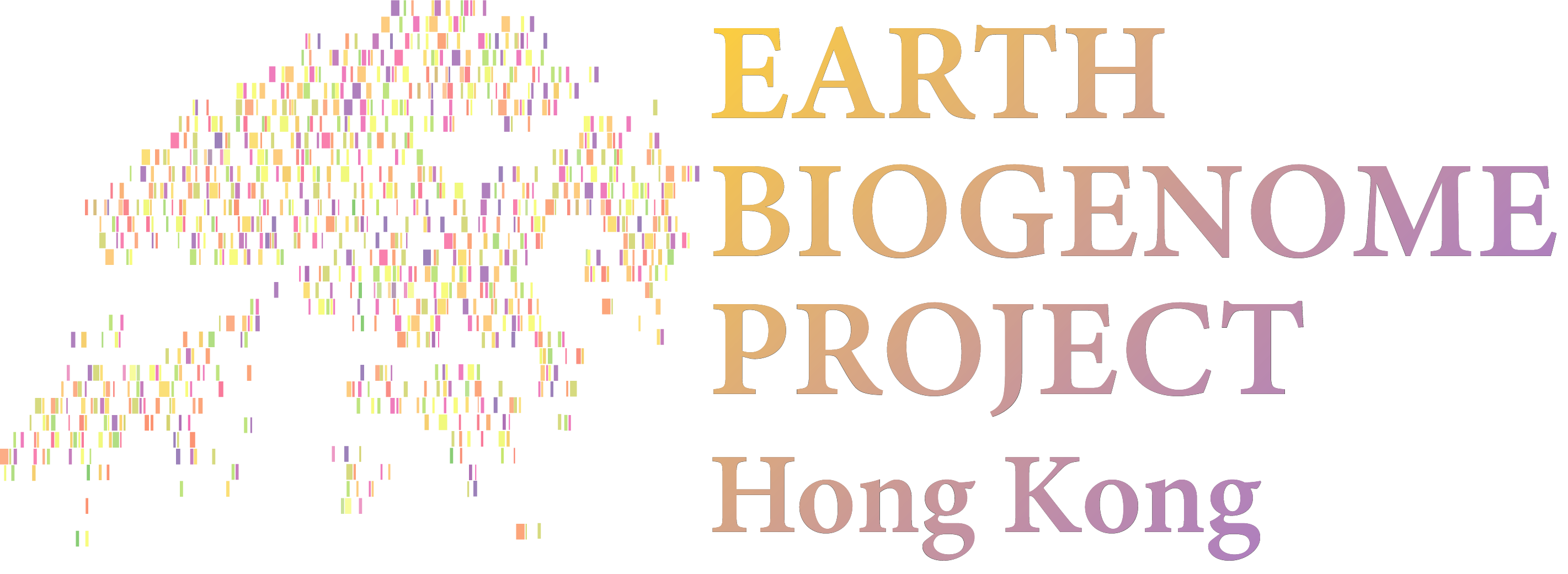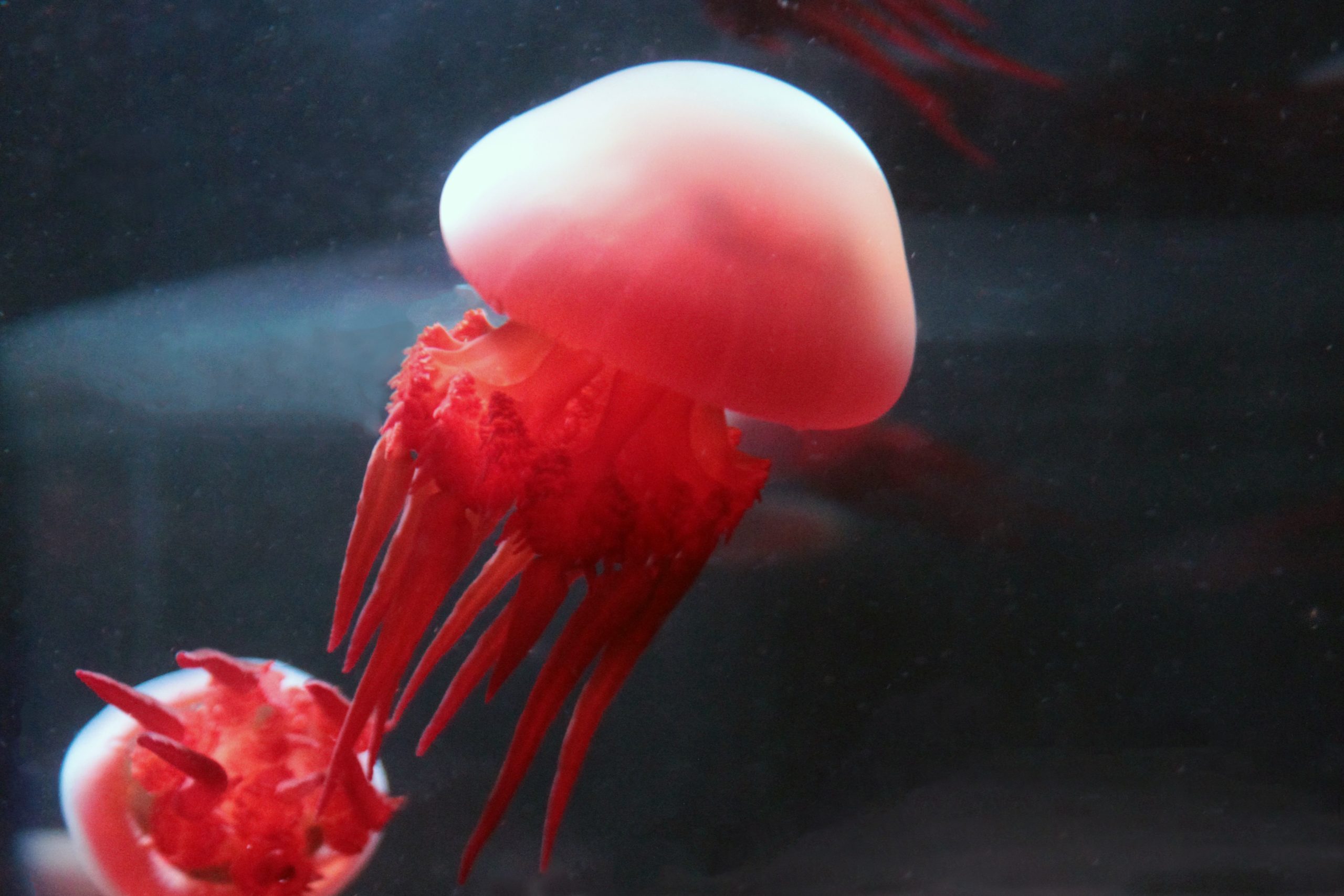Jellyfish genomes reveal distinct homeobox gene clusters and conservation of small RNA processing


The Phylum Cnidaria represents a close outgroup to Bilateria and includes familiar animals including sea anemones, corals, hydroids, and jellyfish. Here we report genome sequencing and assembly for true jellyfish Sanderia malayensis and Rhopilema esculentum. The homeobox gene clusters are characterised by interdigitation of Hox, NK, and Hox-like genes revealing an alternate pathway of ANTP class gene dispersal and an intact three gene ParaHox cluster. The mitochondrial genomes are linear but, unlike in Hydra, we do not detect nuclear copies suggesting that linear plastid genomes are not necessarily prone to integration. Genes for sesquiterpenoid hormone production, typical for arthropods, are also now found in cnidarians. Somatic and germ-line cells both express piwi-interacting RNAs in jellyfish reveals a conserved cnidarian feature; and evidence for tissue-specific microRNA arm-switching as found in Bilateria is detected. Jellyfish genomes reveal a mosaic of conserved and divergent genomic characters evolved from a shared ancestral genetic architecture.
Reference
- ^Nong WY, ^Cao JQ, ^Li YQ, ^Qu Z, Sun J, Swale T, Yip HY, Qian PY, Qiu JW, Kwan HS, Bendena WG, Tobe SS, Chan TF, Yip KY, Chu KH, Ngai SM, Tsim KY, Holland PW*, Hui JHL* . (2020). Jellyfish genomes reveal distinct homeobox gene clusters and conservation of small RNA processing. Nature Communications, 11, 3051.(Link) (Feature image selected by the journal) (Recommended by F1000) (Story also covered in: CUHK, AM730, Asia Today, COSMOS, Headline Daily, HKET, Lion Rock Daily, Oriental Daily, PHYS, Singtao, SkyPost, Yahoo)
- ^Leung TC, ^Qu Z, Nong WY, Hui JHL*, Ngai SM*. (2020). Proteomic analysis of jellyfishes Rhopilema esculentum and Sanderia malayensis venoms. Marine Drugs, 18(12), 655.(Link)






